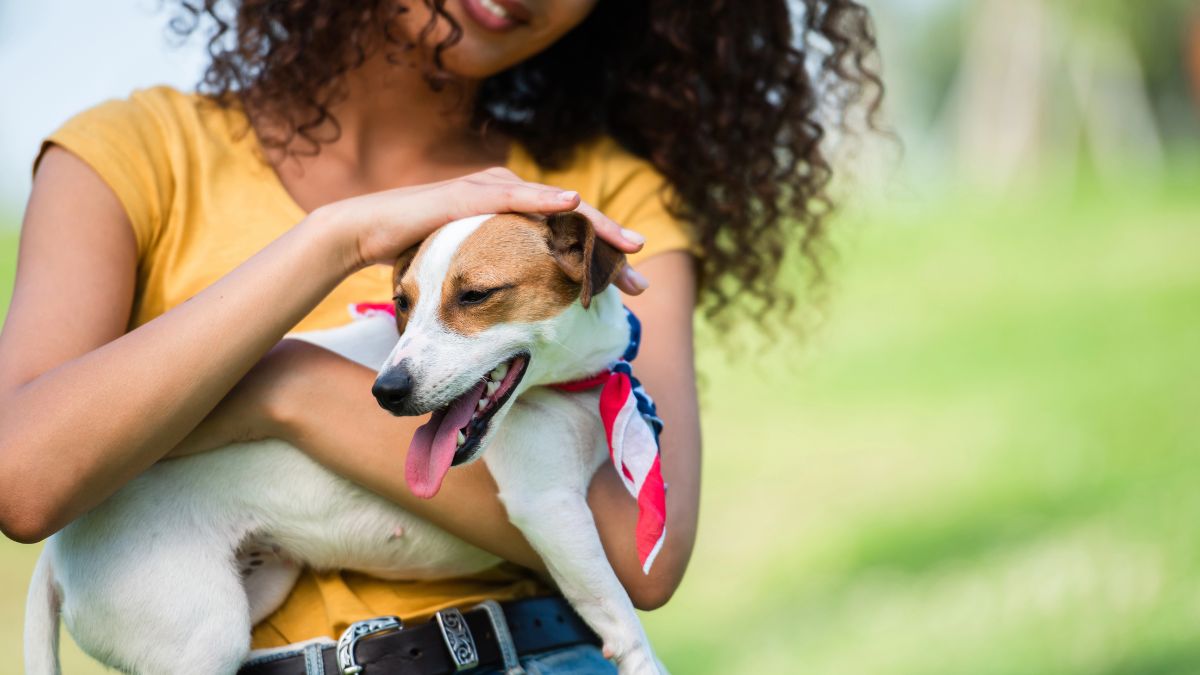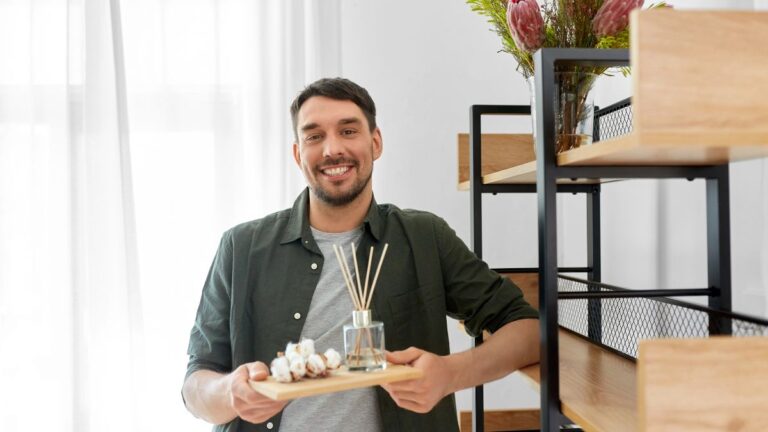15 Simple Ways to Help Your Dog Feel More Comfortable
Your dog is more than just a pet; it’s part of your family. Like people, dogs need comfort, love, and a safe space to feel relaxed and happy. Whether your dog is adjusting to a new home, feeling anxious, or just needs extra care, small changes can make a big difference.
Helping your dog feel more secure and calm isn’t hard, it just takes attention and kindness. Here are easy and thoughtful ways to improve your dog’s comfort and boost their well-being.
Create a Cozy Resting Area
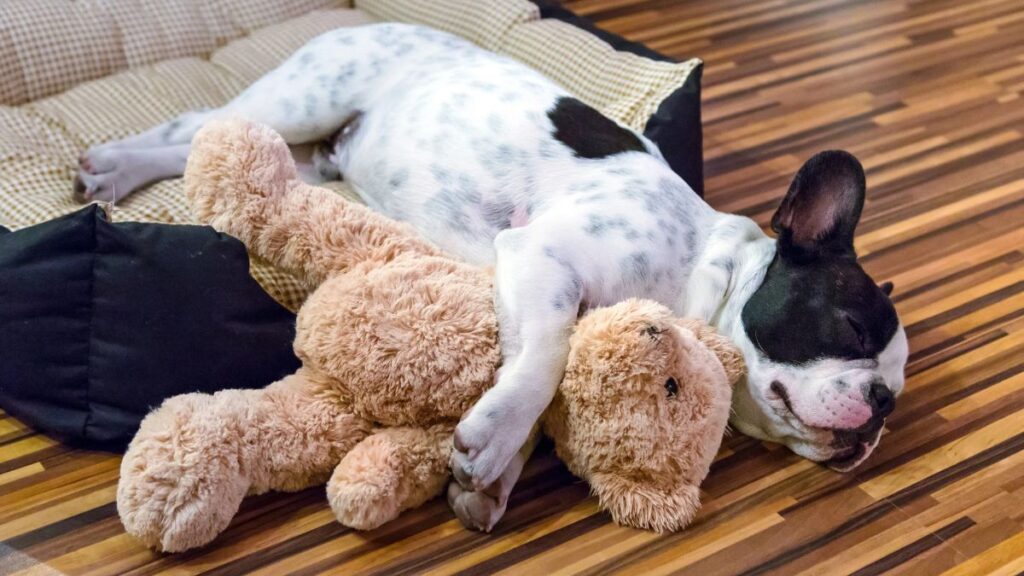
Every dog needs a soft, quiet place to rest. Give your pup a bed or blanket in a spot away from loud noises and foot traffic. Choose a safe area, like a corner of your living room or a place near your bedroom.
A cozy space helps your dog relax and feel like they have their own “home” within your home. It’s their go-to spot when they need to feel secure.
Keep a Consistent Routine

Dogs feel more comfortable when they know what to expect. Feeding, walking, and bedtime should happen around the same times each day.
A consistent routine helps reduce anxiety and makes your dog feel more secure. When life is predictable, your dog feels more relaxed. Routine builds trust between you and your pet.
Use a Calm, Gentle Voice

The way you speak to your dog matters. A soft, calm voice can help soothe your dog, especially in stressful situations. Avoid shouting or using a harsh tone; it can make your dog feel scared or confused. Instead, use encouraging words and a friendly tone to build comfort and trust. Dogs respond best when they feel safe and loved.
Offer Comfort During Storms or Loud Noises
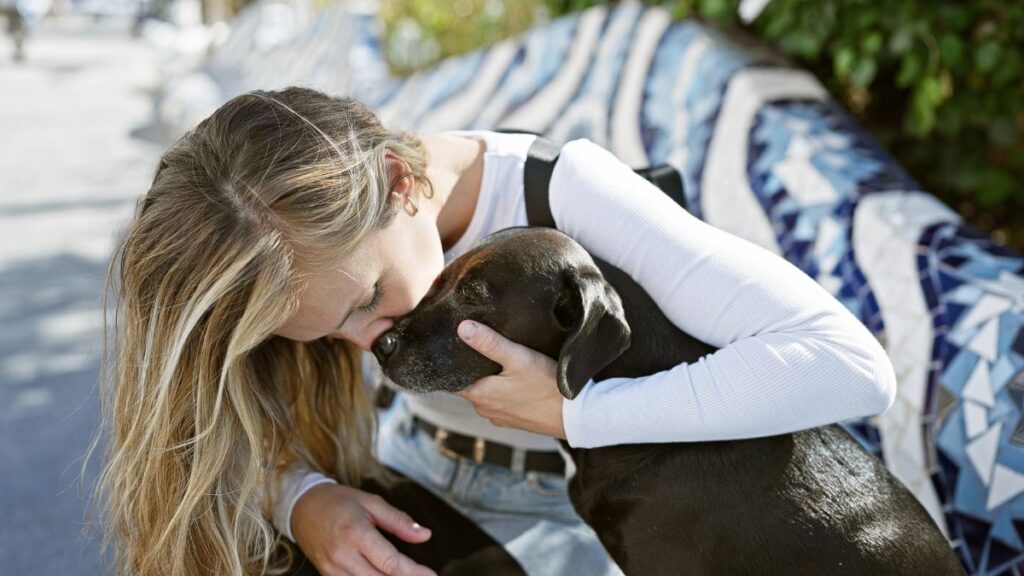
Thunder, fireworks, and other loud sounds can be scary for dogs. Close the windows, play soft music, or offer a cozy hiding spot to help them feel secure. You can also use a calming vest or wrap to ease their anxiety. Staying close and offering gentle pets can make a big difference. Reassurance from you helps your dog know everything is okay.
Provide Plenty of Exercise
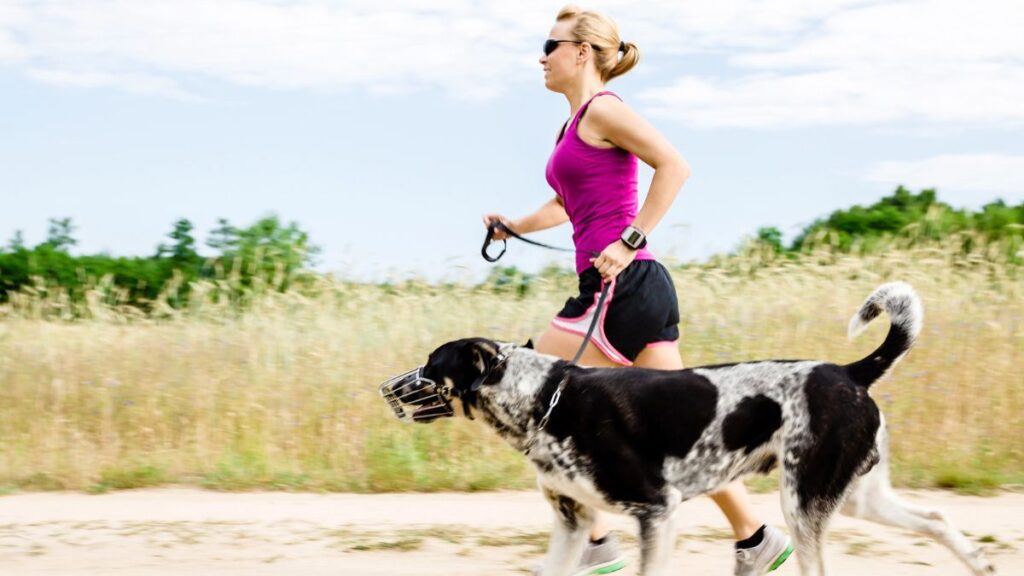
Regular exercise helps burn off energy and reduce stress. Walks, playtime, and outdoor fun keep your dog happy and relaxed. A tired dog is more likely to rest peacefully and feel calm at home.
Tailor the activity to your dog’s age and energy level. Moving their body helps improve both comfort and behavior.
Keep Fresh Water Available at All Times

Hydration is key to your dog’s comfort and health. Make sure clean, fresh water is always within reach, especially after walks or play. Some dogs prefer water in a specific bowl or like it cooler; pay attention to their preferences. Change the water daily to keep it clean. When your dog is hydrated, they feel better inside and out.
Offer Healthy, Tasty Food
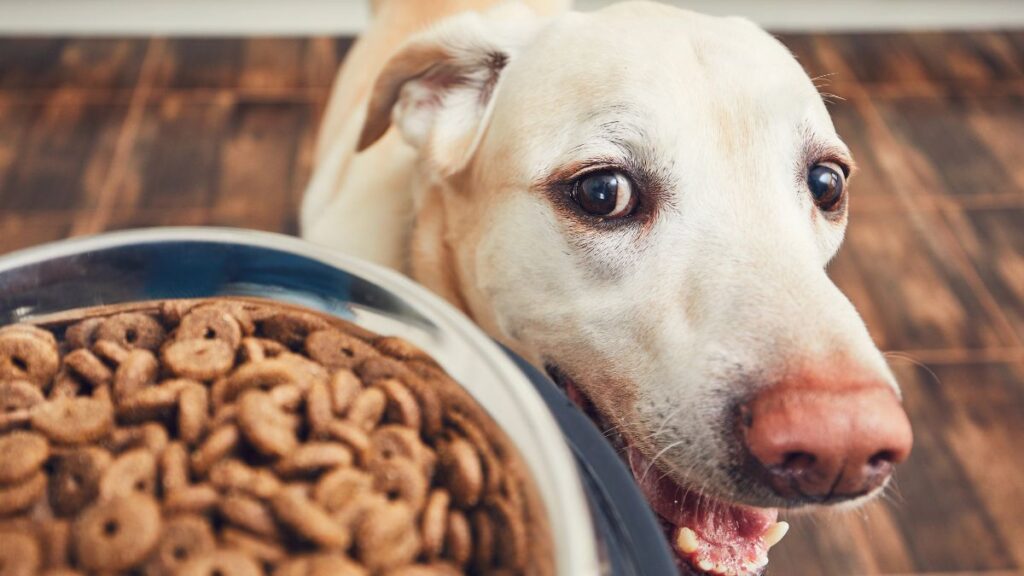
Feeding your dog high-quality food keeps them feeling good and comfortable. Avoid giving them too many table scraps or foods that upset their stomach. Talk to your vet about the best options if your dog has sensitivities. Serve meals at regular times and keep their feeding area clean. A satisfied tummy leads to a calmer, happier pup.
Provide Mental Stimulation
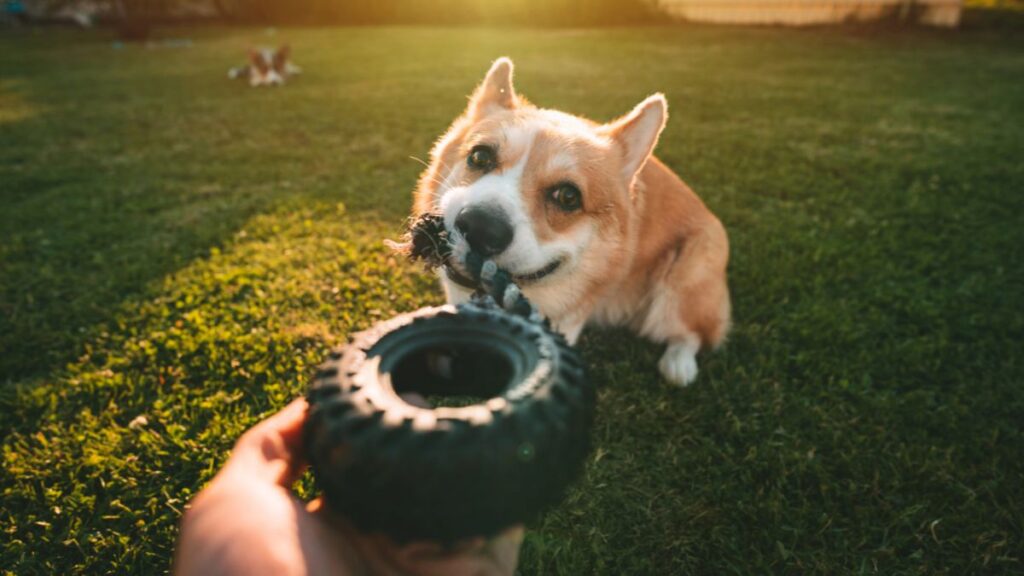
Comfort isn’t just physical; it’s mental too. Dogs need toys, puzzles, and games that keep their minds active.
Bored dogs can get anxious or destructive, so keep their brain busy with fun challenges. Rotate their toys to keep things fresh and interesting. Mental stimulation keeps your dog content and confident.
Use Gentle Grooming Techniques
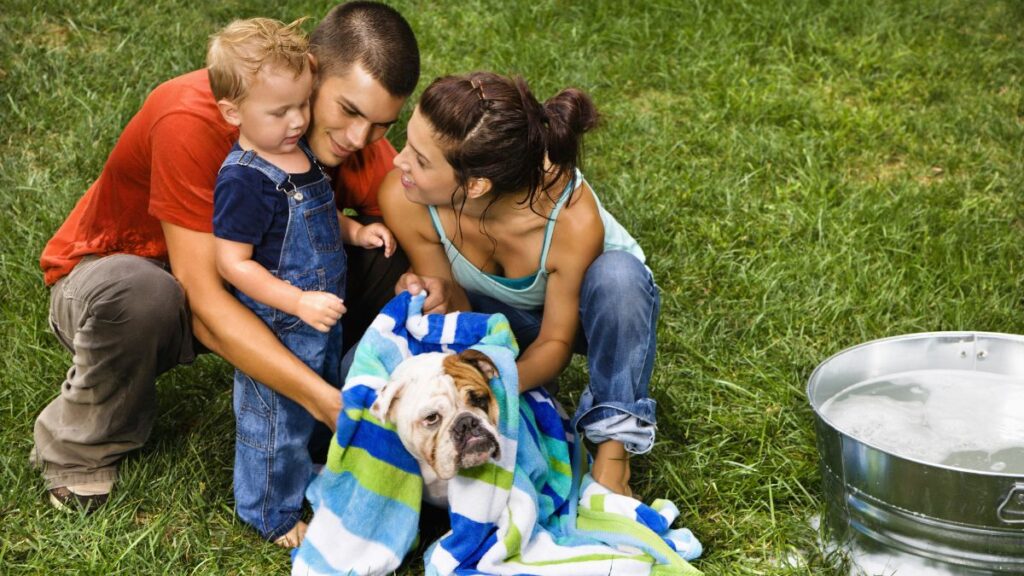
Grooming can be relaxing if done with care. Brush your dog gently, bathe it in warm water, and use products made for its skin type.
Speak calmly and reward them with treats during grooming to make it a positive experience. Keeping their coat, nails, and ears clean improves comfort and health. Good grooming helps your dog feel fresh and loved.
Keep the Environment Calm

Loud noises, chaotic energy, or constant activity can stress your dog out. Try to create a peaceful home environment, especially in their favorite areas.
When your dog needs quiet time, use soft lighting, avoid shouting, and limit rough play. A calm space helps your dog settle and feel safe. Your dog’s surroundings have a big impact on how relaxed it feels.
Offer Safe Socialization
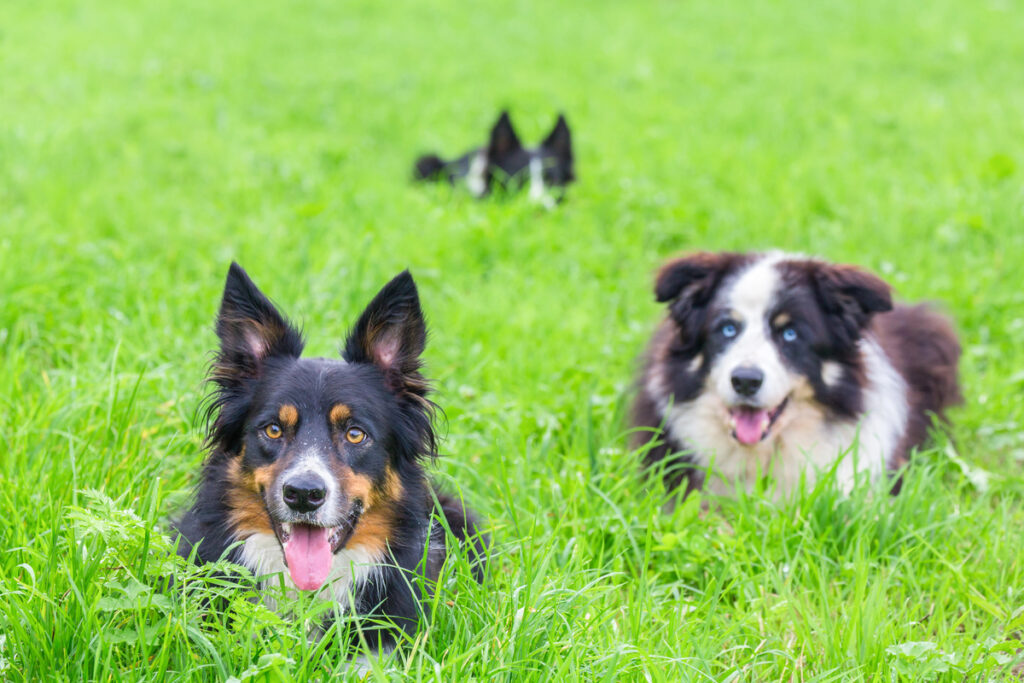
Socializing helps your dog feel more comfortable around people and other animals. Start slow with calm dogs or friendly humans in a controlled setting.
Don’t force interactions; let your dog go at its own pace. Praise and treats can help build confidence during social moments. The more positive experiences your dog has, the more at ease it will feel.
Pay Attention to Body Language

Your dog communicates through their body. Learn their signals for stress, fear, or relaxation so you can respond quickly. If your dog tucks their tail, avoids eye contact, or hides, they might be uncomfortable.
Understanding these signs lets you adjust your actions and help them feel better. Knowing how your dog feels builds trust and deepens your bond.
Use Positive Reinforcement
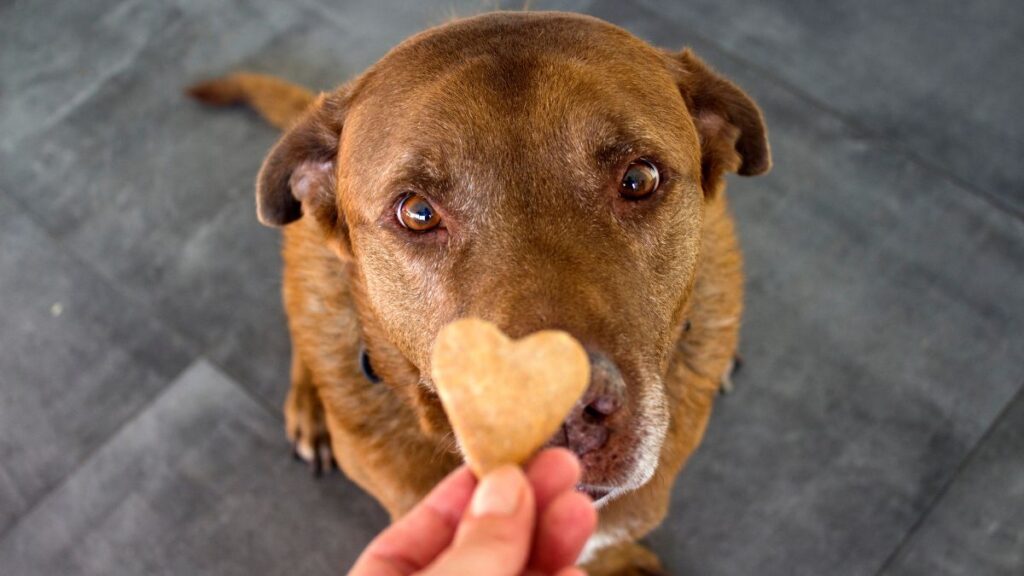
Reward good behavior with treats, praise, or playtime. Positive reinforcement makes your dog feel proud and secure. It teaches them that the world is safe and they can trust you.
Avoid punishment or yelling, leading to fear and confusion. Encouraging your dog helps them feel respected and confident.
Offer Plenty of Affection
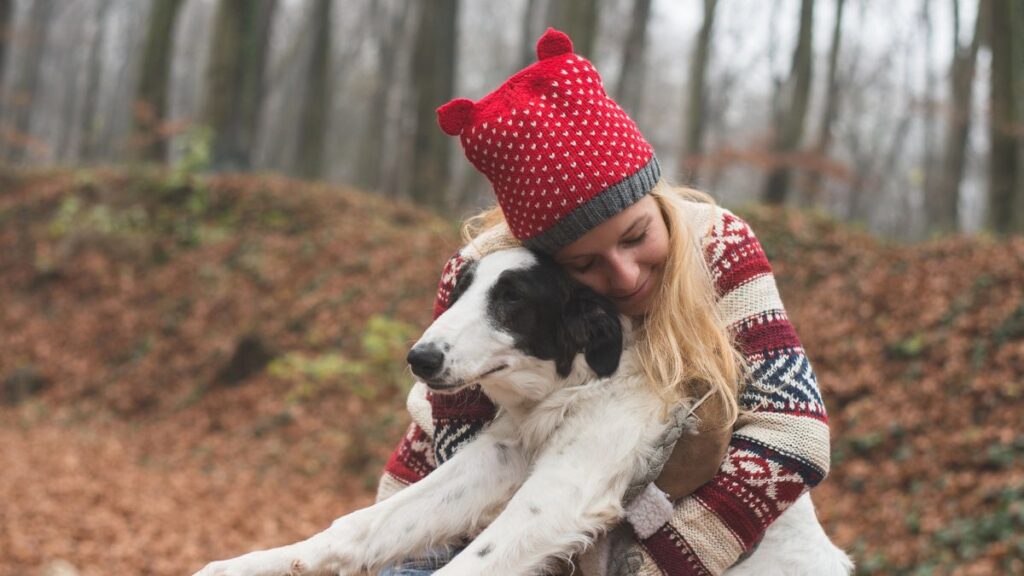
Physical touch like petting, cuddling, or sitting close can calm your dog and make them feel loved. Every dog is different—some love belly rubs, others prefer gentle ear scratches.
Respect their comfort level and let them guide how much affection they want. Spending quality time together builds emotional security. A loved dog is a comfortable dog.
Visit the Vet Regularly

A healthy dog is a more comfortable dog. Regular checkups help catch problems early and keep your dog feeling their best. If your dog seems uncomfortable or changes in behavior, talk to your vet immediately. Good health supports calm behavior and peace of mind. Preventive care is a key part of long-term comfort.
Related: 15 Clever Hacks To Reduce That Never-Ending Grocery Bill

Managing grocery expenses can be challenging for many households, especially with rising food costs and fluctuating budgets.
However, with some creativity and resourcefulness, you can implement numerous clever hacks to reduce your never-ending grocery bill without sacrificing the quality or variety of your meals.

